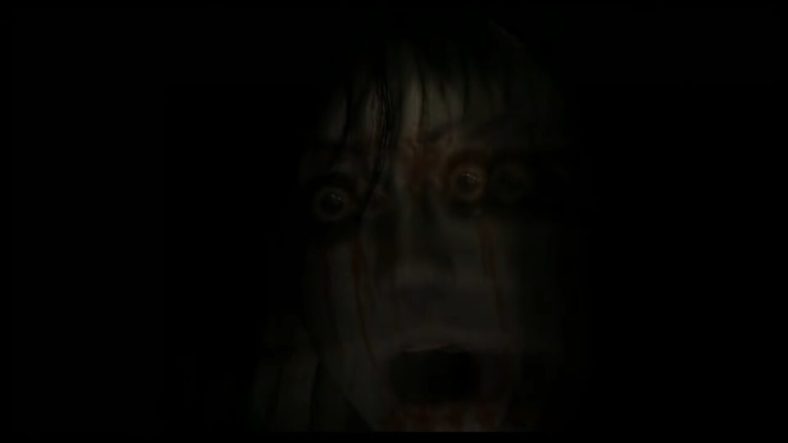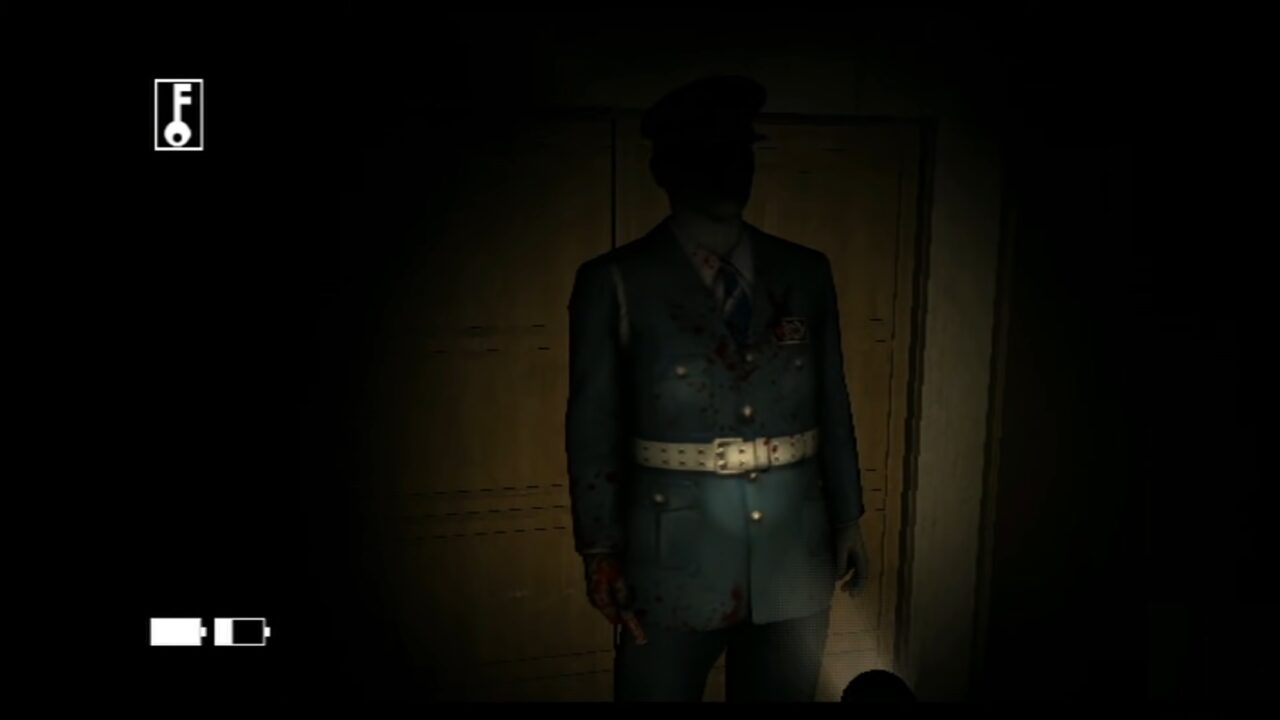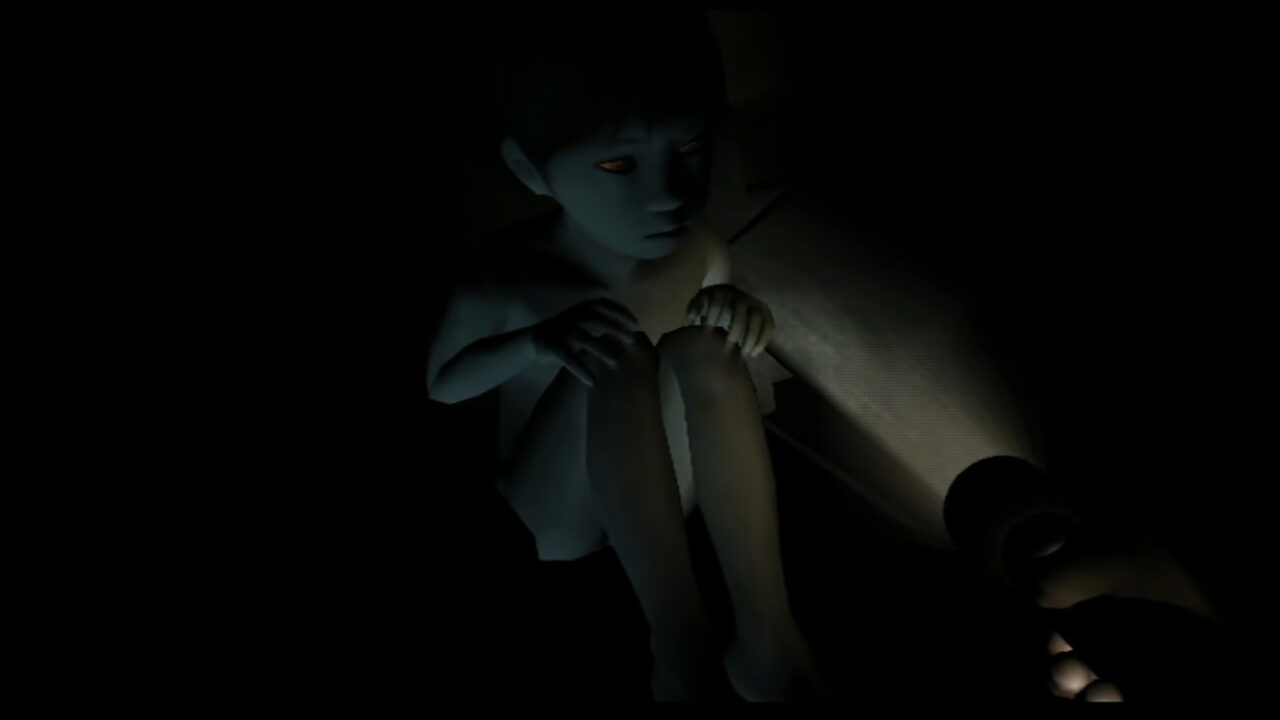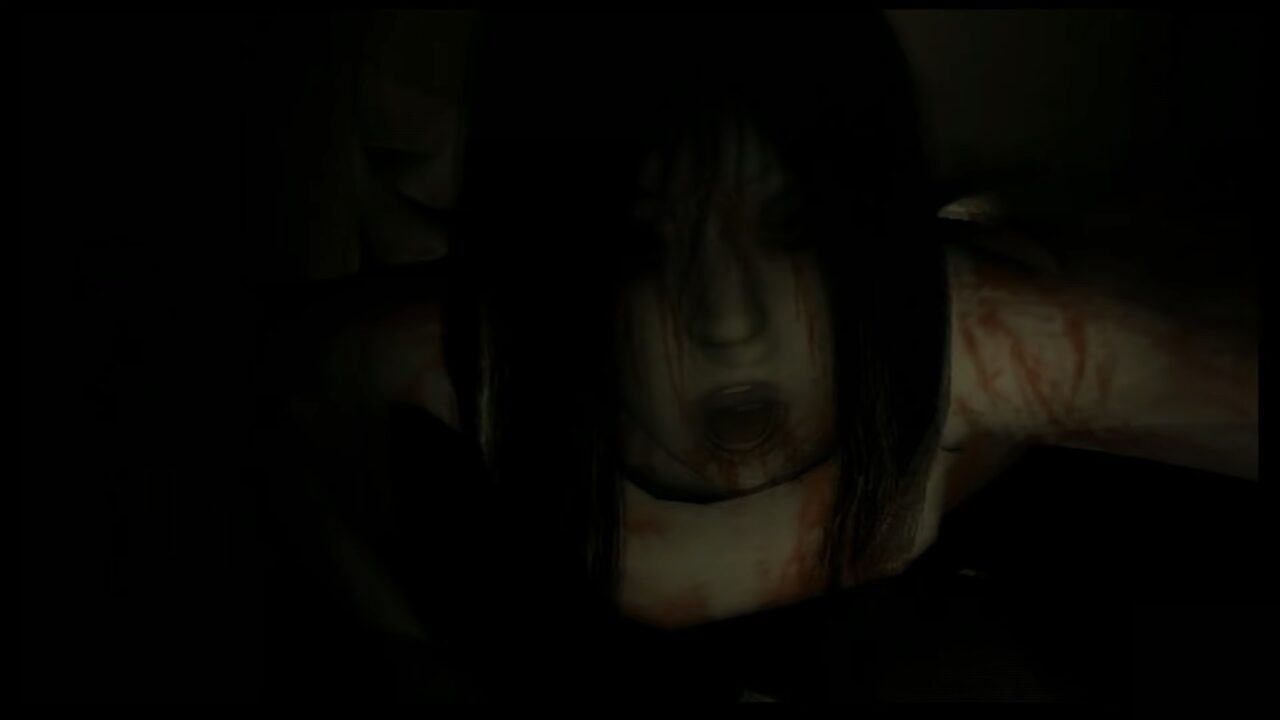Ju-On: The Grudge Uses Co-Op Scares to Teach Horror Timing

Ju-On: The Grudge was a straightforward, but atmospheric horror experience on the Wii. In it, you’ll find yourself trying to avoid death at the hands of Kayako, an enraged, cursed spirit. And often failing. Knowing a deadly ghost is coming for you as you slowly march through gloomy, decrepit locales can be pretty scary. However, the person sitting beside you as you play can be scarier than that. This game featured a neat co-op mode that put player two in charge of some frights, creating a neat cooperative experience that also teaches a lot about the nuances of terrifying players.
In this game, you’ll make your way across five different stages, often playing as different members of a family. As each person, you’ll explore these locations looking to find someone or do something. Typically in pitch black, save for your flashlight. You’re going to want to keep that running if you want to live, which means finding batteries on top of everything else you’re doing. And batteries tend to be in different places each time, adding to the fun. I love looking for AA batteries when murderous spirits are chasing me.
Death happens quickly in Ju-On: The Grudge. Lights go out? Dead. Don’t wiggle fast enough when you’ve been grabbed by a spirit? Dead. Cats jump at you and you can’t shake them off? Dead. Lots and lots of things try to kill you in this game, and yet you just slowly march through each location. It makes sense that you’d be on-guard the whole time, and the plodding pace does tend to stretch out the tension very well. Since you can’t run and you die constantly, you’ll likely be on-edge for most of your playthrough.

This is where your friend and co-op partner comes in. This game offers a co-op mode where the other player can call in various visual effects to mess with the person playing. The second player can activate images of insects, blood spatters, handprints, and visions of Kayako (complete with some terrifying sounds) when they feel like it. These seem to take some time to charge, though, so player two will have to wait for their controller to subtly vibrate to know when they can attack again. Still, it’s quite enjoyable to join in on the horror action.
While limited in what you can do, it was still a great deal of fun to be able to scare the player yourself. How many of you have grabbed a friend while they were playing a horror game and screamed at them. You’ve all done it. Ju-On: The Grudge simply brings that ability into the game itself, giving you a variety of small jump scares you can toss around when things get quiet. It’s wonderful for breaking up dull moments, and as I said, messing with a friend is always a good time.
Most impressive, this element teaches players about the importance of timing in horror games. You’re free to dump some scares on the player as soon as your ability has recharged. For someone who gets too excited, that can mean firing off a scary sight the moment it’s possible. Doing that, you’ll quickly discover that there are times these things don’t land at all. Sure, there’s bugs crawling on the screen, but it’s at a moment when the player is expecting a scare. Or they’re just not tense enough that they can be easily startled.

To make full use of this mode in Ju-On: The Grudge, you need to watch the other player. Scaring people effectively is about tension and timing, after all. The reason things frighten you as you explore this game is that it has a good feel for anticipation. Long stretches of slow, near-silent walks through almost-black hallways. Hints of strange noises in the murk all around you. Letting the player go for long periods without a battery. All of these small details put the player on-edge, and when they’re stretched too far, that’s the best time to scare them.
This timing is very easy to mess up. If it’s too quickly right after a scare, the player could be ready for it. If it takes too long, the player can get bored and start to detach from the work. Player two will see this in their own scares, as firing them off rapidly is likely to draw a laugh from the other player instead of a scream. If it takes too long, you might still frighten them, but you’re just as likely to find they’re only half paying attention. They might miss your scare entirely while focused on something else.
Figuring out that timing was my favorite part of scaring the player in Ju-On: The Grudge. I’m not used to being in control of the scares. After years of playing horror games, I have a bit of a feel for when to hit the button, though. Still, this game let me see for myself if I was as good at gauging scare timing as I thought I was. Delaying a scare until just a few seconds after an errant noise gave the player just enough time to feel safe, creating a good opening for me to surprise them. Sending a startling image on the screen as the player focused on picking up an object also worked well. It was all about feeling out when their guard was down and preying upon it.

Just the same, some of those scares just fell apart. If I tried the same trick too many times, I’d leave the other player chuckling. If I tried to frighten them in an open area when the tension was low, it also wouldn’t work. Even some of the rapid scares right after another frightening moment failed to land because the other player started predicting what I would try. Horror fans are often pretty good at guessing when a scare is coming, and it’s in varying up the timing and techniques that you’ll surprise your player. It’s a constant struggle. A fun one, though.
Ju-On: The Grudge let me be the one doling out the scares for a change, and it taught me a greater appreciation for the hard work horror developers do. It really isn’t easy to scare people, especially players who’ve been exploring the genre for years. Learning the right timing, keeping things fresh, and waiting for moments of weakness were all key to terrifying the player. And again, there’s nothing quite as fun as scaring someone who’s deeply focused while playing a horror game.
Categorized:Editorials

